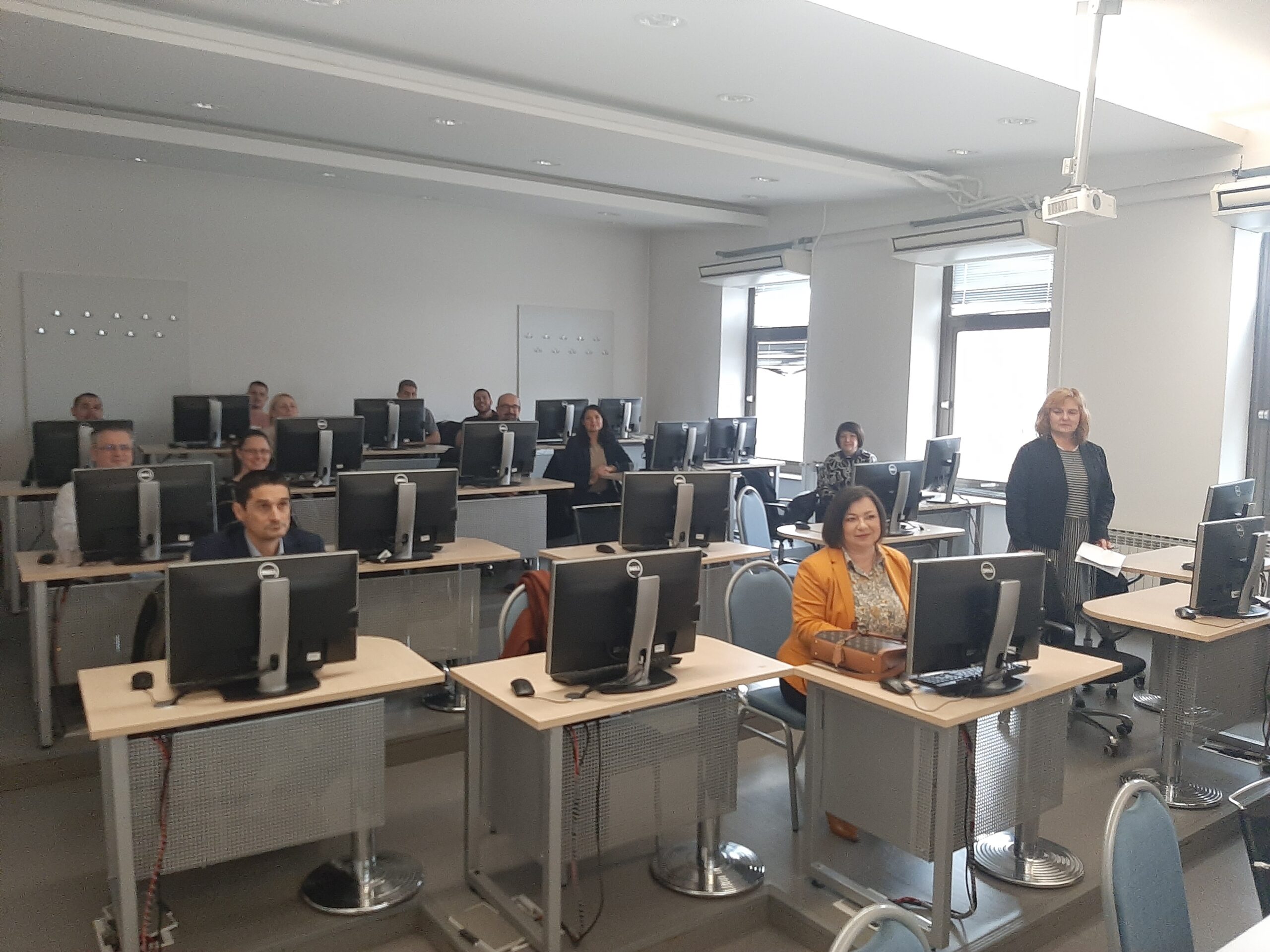A Special Session: Intelligent Methods for Structures, Materials and Elements (IM4StEM) was organized as a part of the OTO2024 conference. The special session was particularly interesting because it included 5 presentations on advanced methods for evaluating and improving the seismic resistance of buildings.
Prof. dr. sc. Marijana Hadzima-Nyarko presented her work on the topic of seismic damage to buildings in urban areas, particularly in Osijek. The paper emphasises the importance of seismic vulnerability assessment to reduce risk and improve the resilience of communities to earthquakes. The research has shown that there are significant differences in the vulnerability of buildings, depending on their age, construction materials and state of maintenance. To increase the seismic resilience of existing buildings, they need to be maintained in good condition. The study also identified certain locations in Osijek that are particularly vulnerable, which is important for planning future measures to reduce earthquake risk.
Prof. dr. sc. Ercan Işık gave an online presentation of the article entitled “Seismic Performance of RC Structures in Pazarcık and Elbistan During the 2023 Kahramanmaraş Earthquakes”, on the effects of the earthquakes, which are the disaster of the century for Türkiye, on reinforced-concrete structures in Pazarcık (Kahramanmaraş) and Elbistan (Kahramanmaraş). Of these two districts of Kahramanmaraş province, Pazarcık was the epicentre of the first major earthquake (Mw=7.7), while Elbistan was the epicentre of the second major earthquake (Mw=7.6). The earthquakes, which occurred 9 hours apart in these two districts on the same day, are about 100 kilometres apart. The earthquakes caused major destruction and structural damage to reinforced concrete buildings, which are the predominant building stock in urban areas. As part of the IM4StEM project, the causes of structural damage and destruction to reinforced concrete structures were detailed as a result of field observations in the earthquake region between 23 April 2024 and 29 April 2024 and earlier. The data collected in the field was analysed within the framework of structural earthquake engineering, and the main reasons for damage and destruction and proposed solutions were detailed. The study revealed that poor structural properties are an important factor for damage. The damage caused by these earthquakes demonstrates the need to monitor the condition of structures and the collection of dynamic data on buildings in a database.
